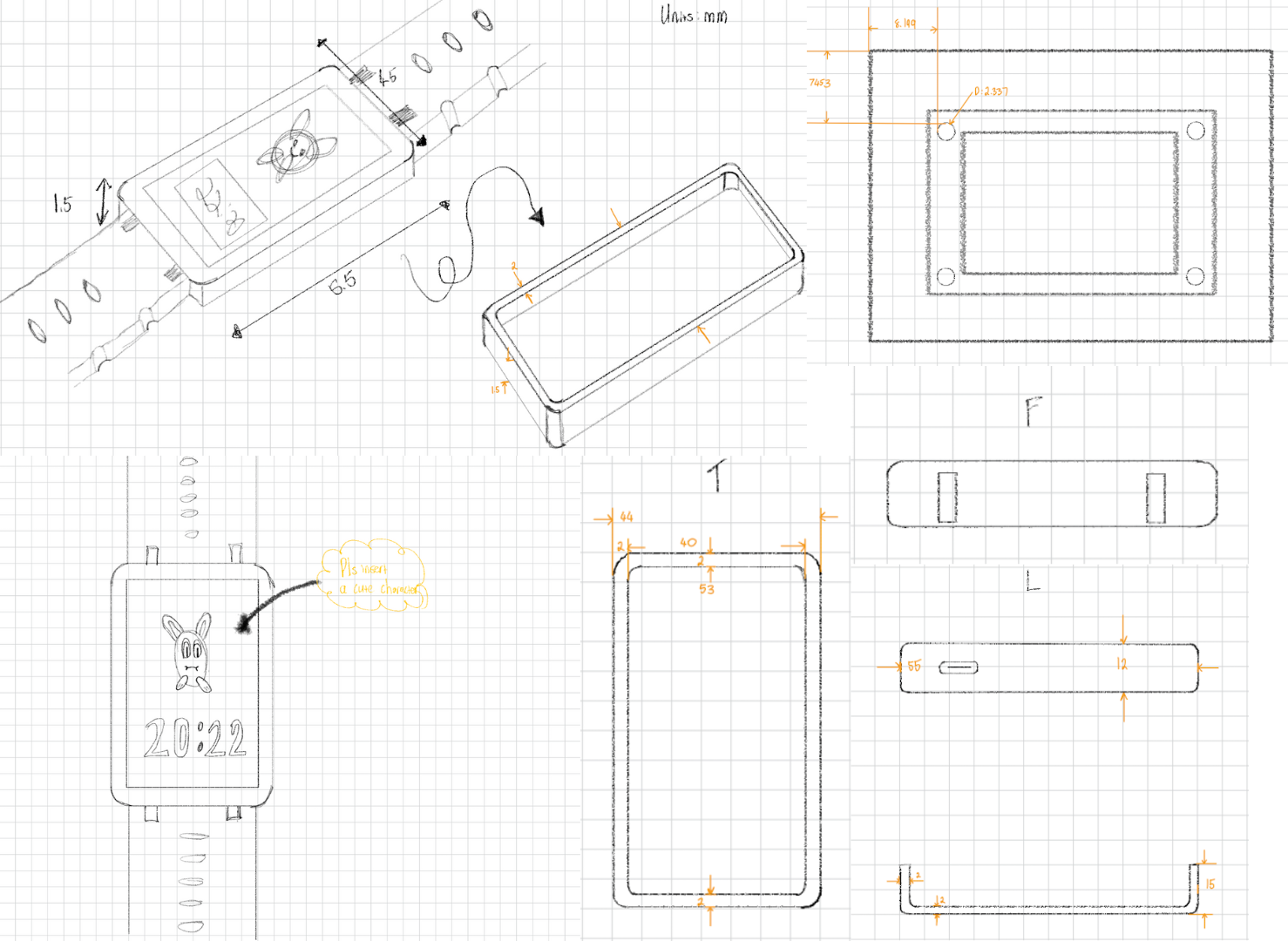Think of a circuit model that lets you move magnetic leakage around like sliders on a synth, without changing the external behavior of your coupled inductors. [Sam Ben-Yaakov] walks you through just that in his video ‘Versatile Coupled Inductor Circuit Model and Examples of Its Use’.
The core idea is as follows. Coupled inductors can be modeled in dozens of ways, but this one adds a twist: a tunable parameter 𝑥 between k and 1 (where k is the coupling coefficient). This fourth degree of freedom doesn’t change L₁, L₂ or mutual inductance M (they remain invariant) but it lets you shuffle leakage where you want it, giving practical flexibility in designing or simulating transformers, converters, or filters with asymmetric behavior.
If you need leakage on one side only, set 𝑥=k. Prefer symmetrical split? Set 𝑥=1. It’s like parametric EQ, but magnetic. And: the maths holds up. As [Sam Ben-Yaakov] derives and confirms that for any 𝑥 in the range, external characteristics remain identical.
It’s especially useful when testing edge cases, or explaining inductive quirks that don’t behave quite like ideal transformers should. A good model to stash in your toolbox.
As we’ve seen previously, [Sam Ben-Yaakov] is at home when it comes to concepts that need tinkering, trial and error, and a dash of visuals to convey. Continue reading “Leakage Control For Coupled Coils”




















